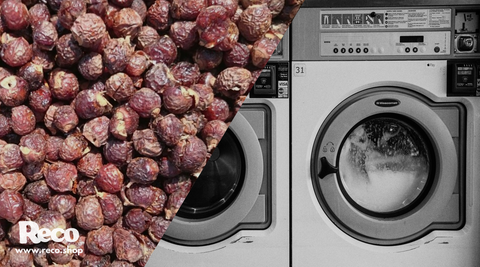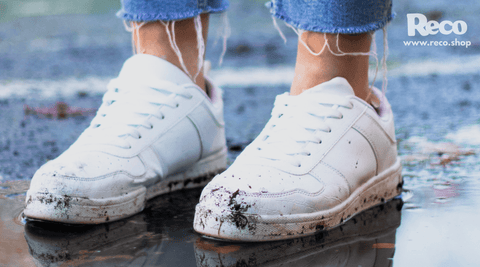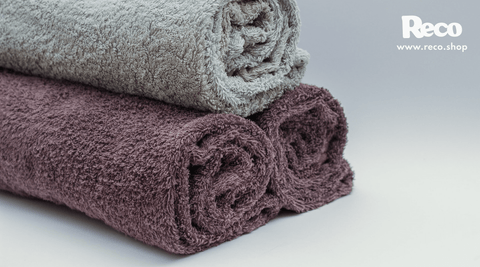
While there are lots of complex, specialised cleaning products on the market, nothing beats the natural cleaning power of vinegar and baking soda. Let's dive into how to clean a washing machine naturally.
If you have noticed that clothes coming out of your washing machine just aren't smelling as fresh as they used to... Or perhaps never have! It could be time to clean your washing machine.
You should get into the habit of doing this every 3 months. Like all machines, a well maintained and clean one is more efficient and extends its life, saving you money and the planets resources.
If you don't have time for a deep clean, a quick tip is to simply pour in some white vinegar through the detergent drawer and put on the hottest wash you can. This will at least start breaking down limescale and sterilising the washer.
You don't need much to get started:
There are lots of moving parts to a washing machine and it can be easy to miss certain key parts. So get your gloves on and let's break it down.
The inside of the rubber seal is one of the worst offenders for the build up of mould and mildew.
Make a paste by pouring in some bicarb of soda into the gap and adding a dash of water. Work it into the seal and scrub with your hands, sponge or whatever you have to hand.
After you are done, pour in some white vinegar and scrub again. As the vinegar (acid) reacts with the bicarb of soda (base) the mixture will effervesce. This will help lift any remaining grime.
Wipe clean with a cloth
The easiest way to clean the drawer is to remove it and leave it to soak for 15 minutes in some warm water with bicarb of soda of white vinegar (not both).
This is where the small head of the toothbrush comes in really handy.
After soaking, get stuck into all the nooks and crannies to remove the remaining bits of dirt, grime and mould.
Removing the drawer also gives you access to a recess which is a favorite place for mould to grow and for soap scum to build up. Again, give it a good scrub with the toothbrush.
Located at the bottom of the machine, the filter is designed to catch large bits of debris so that they don't end up flowing through the water pump, which could cause costly damage.
Refer to your machines instruction manual for more details. You should be able to find them online if you search for the model number.
There is normally a short overflow hose next to the filter that needs to be drained as well. I didn't do this for the longest time so when i finally did, the water was pretty stinky, like rotten eggs, watch out for that.
Remove the filter and discard any large pieces of debris, such as clothes tags, hairs bands and, if you are lucky, coins!
As with the washing machine drawer you can soak the filter before scrubbing to make cleaning that much easier.
It's easy overlook the door so here is a reminder not to! Add some vinegar to a cloth and wipe off any residue, dry with a clean cloth.
With all the main components washed it's time to tackled the main drum. While you could scrub the whole thing, who really has time for that?
Throw in a few cups of Soda Crystals (around 400g) and run an empty wash on the highest heat you can. This gets rid of any grim you didn't manage to reach and flushes out the system ready for the next few months of use.
Prevention is better than the cure, as the saying goes. There are a number of small things you can do each time you put on a wash to prevent the build up of mold, mildew and soap scum. Meaning you won't have to wash the machine as often:
Founder of Reco, a marketplace and community dedicated to find shift from a single-use mindset to a multi-use one. #SingleUseSucks
Comments will be approved before showing up.



As.appliances
December 28, 2021
Awesome information! Such a wonderful reference! Thanks for all the hard work you have obviously put into this!